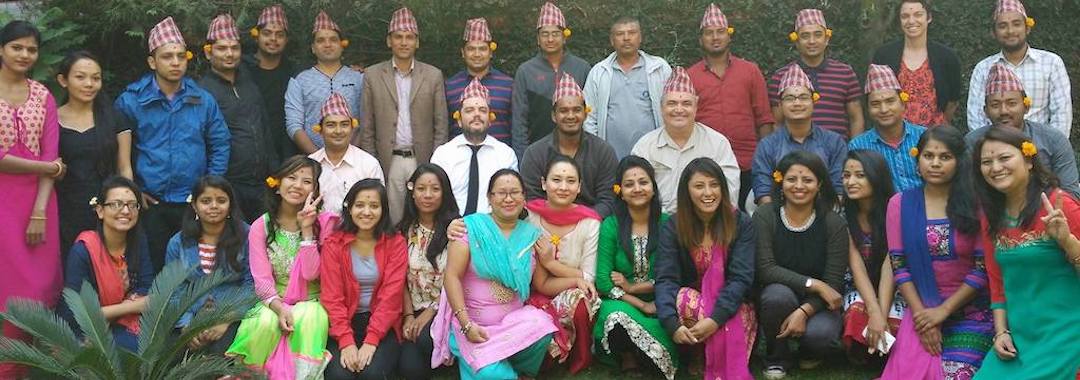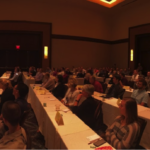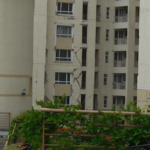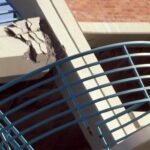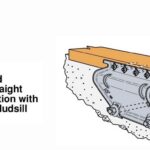With the growing danger of natural disasters, the race is on to expand access to programs that safeguard lives from the human-made danger of poorly built housing. With the common mission of building safer, stronger structures, Build Change and Simpson Strong-Tie have partnered for the Simpson Strong-Tie® Fellowship for Engineering Excellence program. This year’s fellow is Build Change Engineering & Design Services Director Tim Hart, SE. As with our previous fellows, Hart is documenting his journey with the program on the Simpson Strong-Tie Structural Engineering blog. This is his final report.
In 2017, when I was in Nepal working for Build Change, I had a conversation with one of my colleagues about the volunteer work that I had done for the organization over the years. After telling him that I had worked with seven different country programs for Build Change, he asked me which of those countries I liked the best. My first thought was that it was like asking a parent which child he or she liked the best; even if I did have a favorite, I didn’t want to say it out loud for fear of offending my colleagues and friends in all the other countries. I said this to him to deflect the conversation and we went on to discuss other topics. Truth be told, while I enjoyed the culture and hospitality of all my Build Change host countries and believe in the value of the work I’ve done for them , I have a special soft spot for two of them: Indonesia and Nepal.
The devastating Indian Ocean earthquake and tsunami on December 26, 2004, killed approximately 230,000 people in 14 different countries. Almost three-quarters of those killed were in Indonesia alone. Over half a million people in Indonesia were left homeless. Reading about this tragedy from my home in California, I felt a very strong urge to help. However, just writing checks to relief agencies didn’t feel like enough — not for a disaster of this scale.
A few months later, in early 2005, I heard about Build Change and Elizabeth Hausler from a work colleague. At the time, Build Change was a start-up with a staff of one (Elizabeth); its office was a San Francisco apartment (Elizabeth’s), and the organization had two names, Build Change and the Center for Earthquake Resistant Houses. Even though Build Change was a very small and very new organization, I realized there was an opportunity to do something more than just write a check. That realization changed my life in so many ways. I joined a volunteer team of San Francisco Bay Area structural engineers to design earthquake-resistant houses that were built in Banda Aceh, Indonesia. A little over a year later, in July 2006, I spent my 40th birthday on a plane travelling to Banda Aceh with Elizabeth, my first trip to a country where English was not widely spoken, where I needed to install a mosquito net over my bed, and where I had to use a squat toilet and take baths by pouring water from a bucket onto my head. Though I didn’t realize it then, it was just the first of several trips that I would make for Build Change in the ensuing years to Indonesia and several other countries.
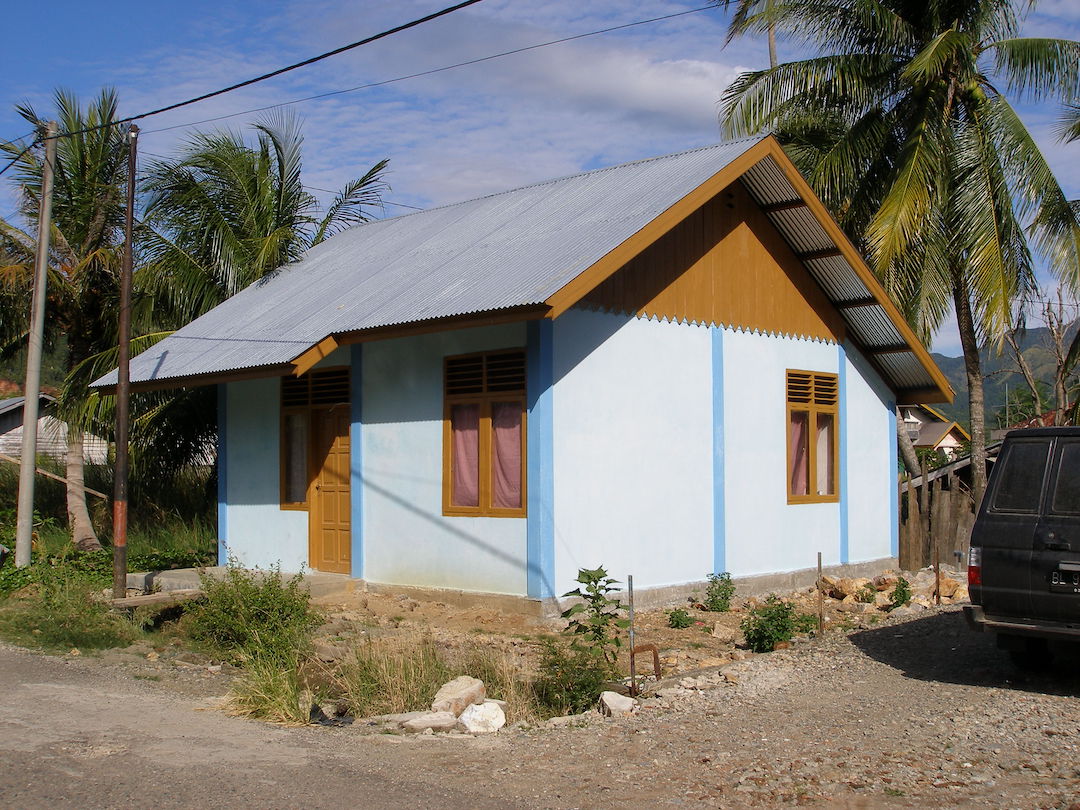

Now here I am, 15 years and three Indonesia trips later, and I am still working on Build Change projects in Indonesia. The need for affordable, earthquake-resistant housing in Indonesia is still as great as it was in 2005, if not greater. Numerous earthquakes, tsunamis, and volcanic eruptions have hit Indonesia in those 15 years and there will be many more such disasters in the future. In some ways, the Build Change Indonesia program is like a first-born child to me. It was my first experience in the world of “humanitarian work,” and I still feel the desire to continue supporting the Indonesian people in their efforts to build a more resilient country.
Another world event that changed my life occurred on April 25, 2015, when a large earthquake rocked Nepal. About a month later, Build Change announced that it was sending a team to Nepal to survey the affected villages and open a new program there. It just so happened that a trip that I had planned to take in June, 2015 had just been cancelled, so I contacted Build Change to let them know I was available to travel to Nepal if they could use my help with the survey. Not long after that, I was on the very long plane trip to Kathmandu.
Nepal was a very different place from the one that I expected. I didn’t expect that most of the street and business signs would be in English. I didn’t expect to be able to order the cuisine or hail a cab. Most of all, I was surprised by the resilience of the people . They were determined to rebuild and restore their country from the ground up. I had not seen such spirit since I was in Banda Aceh. The Nepalese people were also very welcoming to me. I was a stranger in a strange land, but I didn’t feel like a fish out of water at all. Quite the opposite actually, to the degree that a year later I took a sabbatical from my job and worked in Nepal for two months as a Build Change volunteer engineer. Ten years after my first trip to Indonesia, which I was so nervous about that I had thoughts of cancelling it when I was at the airport, I was now living in a house in Nepal, commuting to work, shopping for groceries, and patronizing my new favorite coffee house for breakfast each morning.
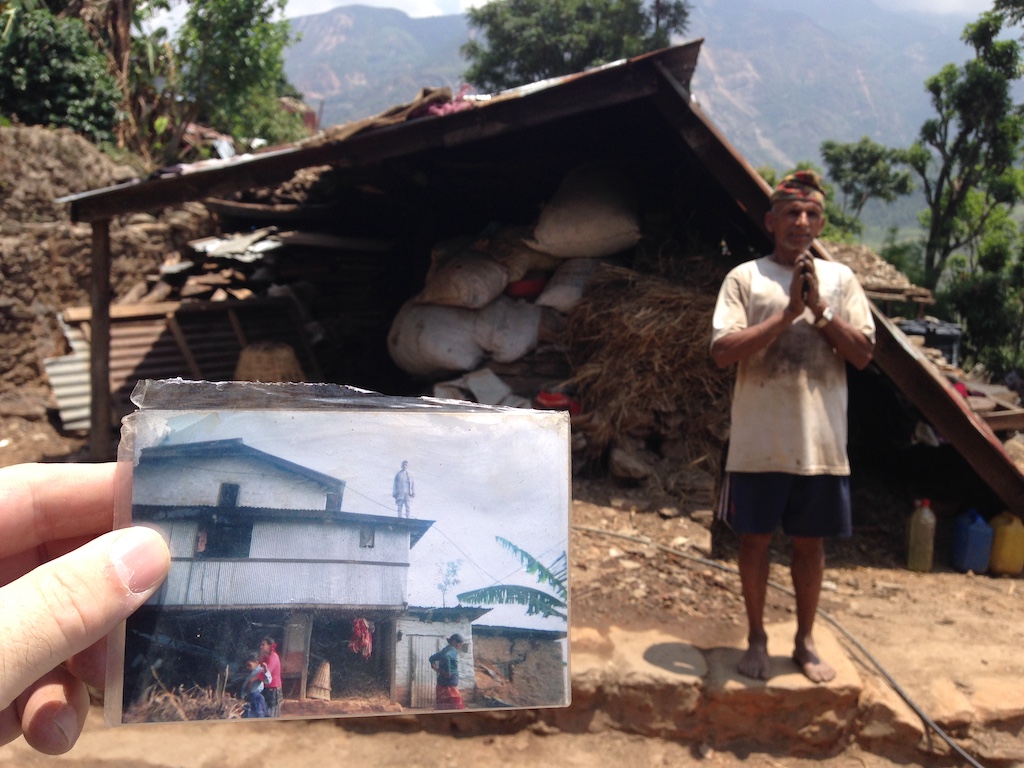
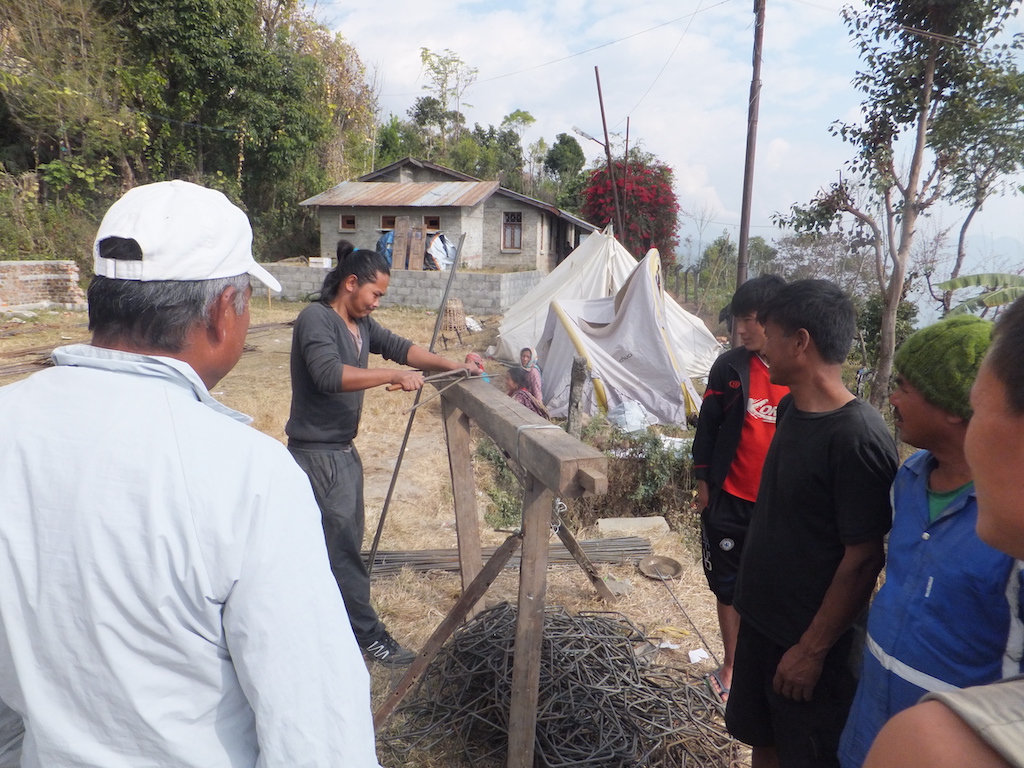
In both Indonesia and Nepal, I had the privilege of meeting the homeowners that Build Change was assisting. I talked and listened to them, both with and without an interpreter. I ate food they grew just outside their houses and drank milk from their cows. I heard their calls to prayer and meditated outside their temples. I got to visit with their children, most of whom only knew how to say “hello mister” in English. I also was able to meet the Build Change local staff. Many of them were shy while others were more outgoing, but all of them were welcoming to me and were happy to welcome me into their countries and their lives. I am still in contact with some of them, whereas the names of others have faded from my memory. Every one of them, though, had an impact on my life in ways that they will never know.
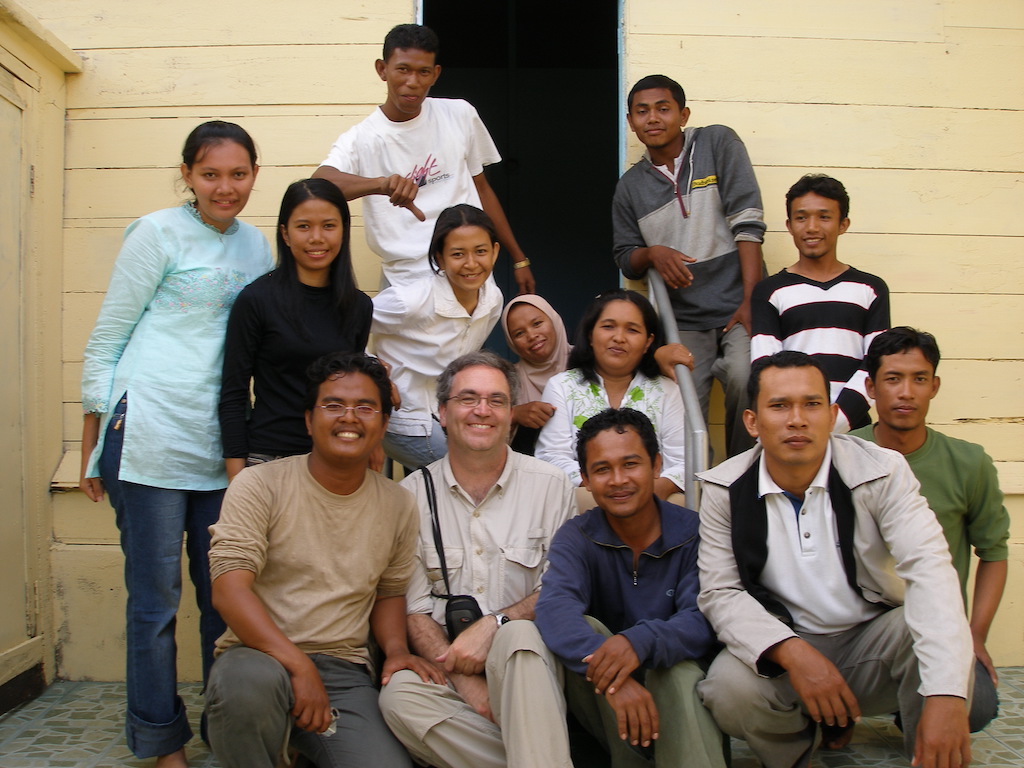
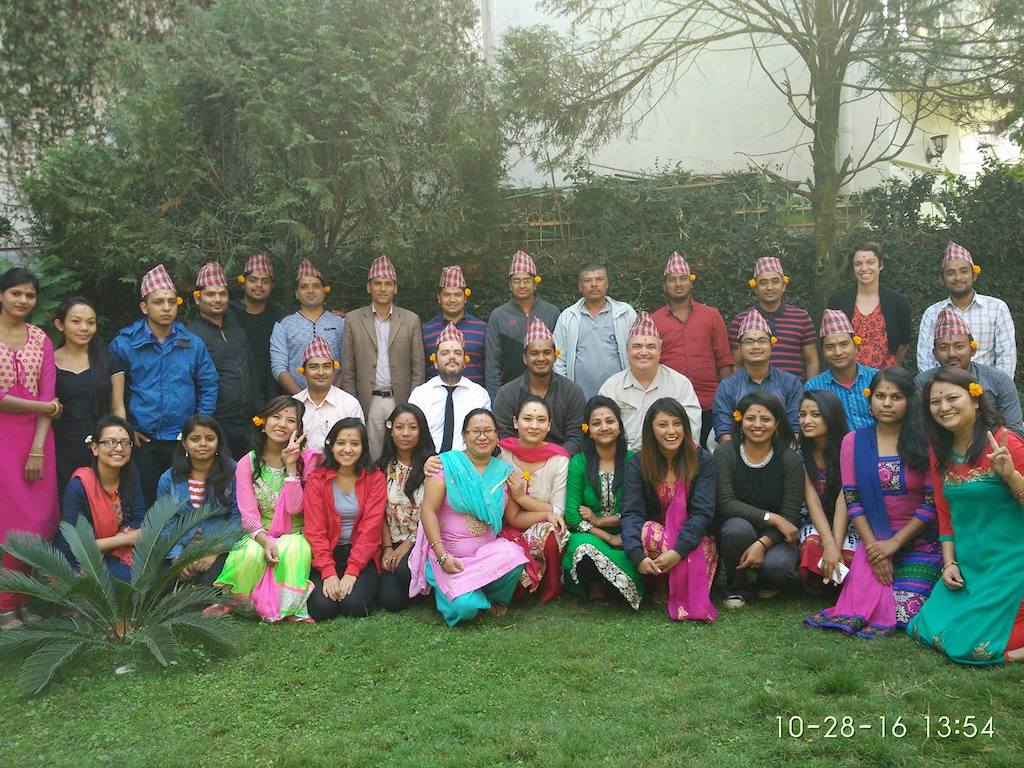
I am thankful to all of them, and to all of the Build Change staff, partners, and beneficiaries that I have met in Indonesia, Haiti, Colombia, Nepal, and the Philippines, for how they have enriched my life and my career. I hope that one day when the pandemic is over and I am free to travel again, that I will be able to return to visit my “children” countries Indonesia and Nepal and my friends who live there.

